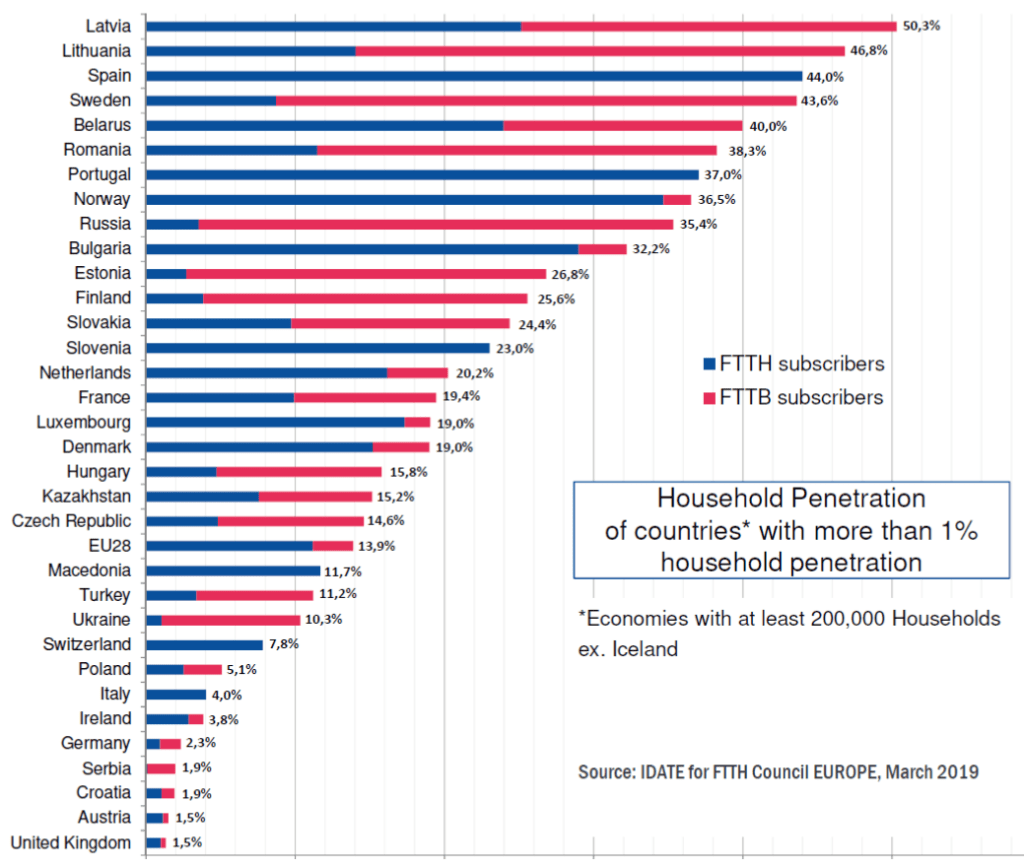Faster internet is on everybody’s mind. Especially for those who did a live stream in the weeks since the coronavirus outbreak. However, it doesn’t stop there.
Countless businesses rely on steady and fast internet for their day to day business. As well as numerous people working from home.
That sounds really simple at first. Working from your home and simply creating your office here.
Working from home sounds easier than it is
Nonetheless, as soon as you try to upload a video. And your partner is working from home, too, it gets messy.
Even more so if you have teenage kids. Hanging around at home using the internet extensively. Your home internet that was fine just a couple of weeks ago is now at the brink of collapsing.
Even worst, the accumulated use of all the home offices together is much. Paired with more media usage it is slowing down the internet as a whole.

Netflix and YouTube have started to lower their streaming quality in order to help
Streaming services like Netflix or video platforms like YouTube have started to lower the quality of streaming in order to help.
Regardless of those efforts, one thing seems to be clear, the need for faster internet is bigger than ever!
It wouldn’t just help the workers bound to their home offices. It simultaneously would promote business growth. This is crazy, so many businesses got into real trouble due to the coronavirus pandemic.
Many might have thought previously that it would be a good idea to update their digital agenda. Some might even have planned to invest in the digital infrastructure.
However, it has become quite clear how much more work needs to be done. Not just concerning infrastructure like how to offer/sell your products online. Also, digital communication enlarge is a problem.
How do you properly communicate with your team in a remote setting? How do you lead your team and be a good boss?
Those are all pressing matter for sure. However, the number one thing to promote business growth during the corona pandemic is building faster and stronger internet connections.
The days of DSL are over
The old gold standard for internet connect was DSL or Digital Subscriber Line. This method uses the old copper wires in the ground.
Those are actually in use for telephones. However, DSL took advantage of the mileage of telephone cables already in place.
The problem with those old copper DSL wires, however, is that they cant transport that much data at the same time.
Also, the further you are located away from the DSL distribution box, the worst your connection will be.
The new kids on the internet block are optical wires
Optical wires, aka fibre broadband, is the new solution. It not only promises much faster internet speed.
An optical wire can transport data without loss of speed for many kilometres. The only downside is that the optical wires need to be placed in the ground first before a network can occur.
Not like the old copper wire system that was already in place, optical wires need to get some work done first.
At the moment, the use of this new technology is mostly taking place in absolute new builds.
Many countries have made the internet speed a national priority

The leading country in Europe is actually Latvia. With staggering 50,3 % high speed internet they are a far cry ahead of Germany, for example, with only 2,3%.
FTTH means Fibre-To-The-Home, whereas FTTB means Fiber-To-The-Building. Those are the two most popular approaches when it comes to the installation of optical wires for internet usage.
FTTH means that the fibre is running directly into the home of people. Resulting in very little speed loss and a great internet connection with up to 1000 MBs (megabit per second).
On the other hand side, FTTB is referring to the fibre running only to the house. Most of the times, there is a distribution box in the basement, sorting the internet for all tenants or occupants of a building.
Updating the internet wires to optical fibres won’t come cheap
Without a doubt, updating all internet connection to be running on optical fibres will come at a price.
You have to rip open entire streets, lay kilometres of cable and then you have to install all the distributing infrastructure.
Although this may be true, the coronavirus epidemic has shown us just how much we, as societies and economies, reply on the internet.
Without faster internet, many opportunities for actual growth will pass. As well as technological innovations will significantly slow down.
Countries like Latvia show that a big push is possible. There is simply one measurement to promote business growth during the corona pandemic. It is a faster internet!

